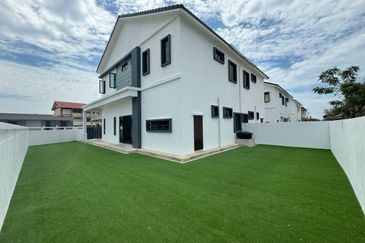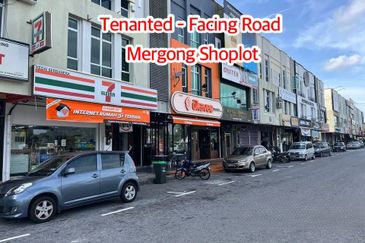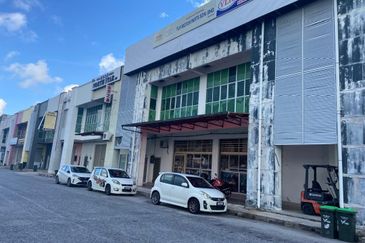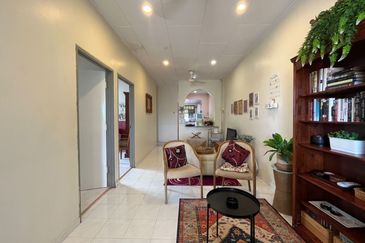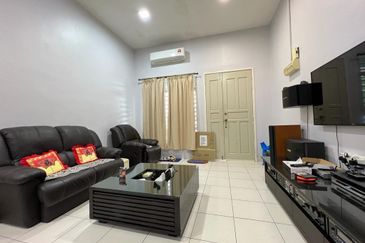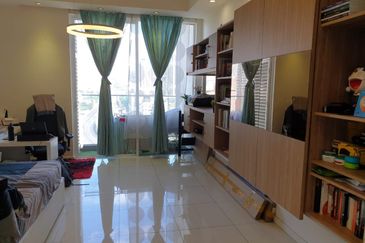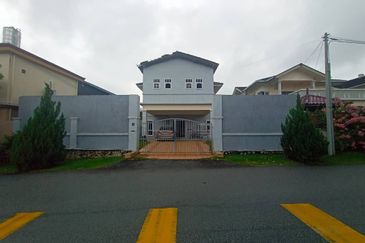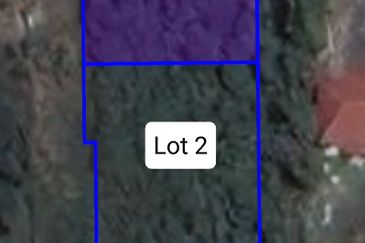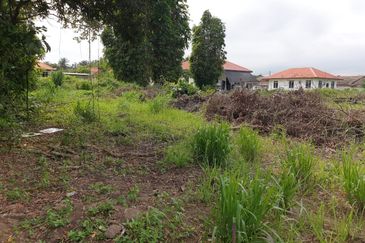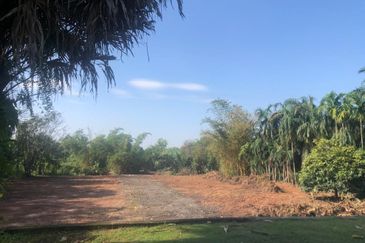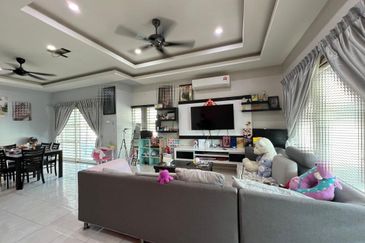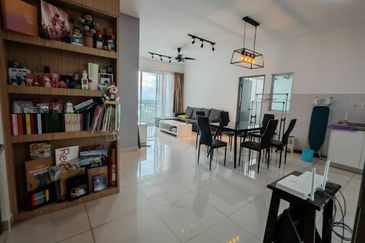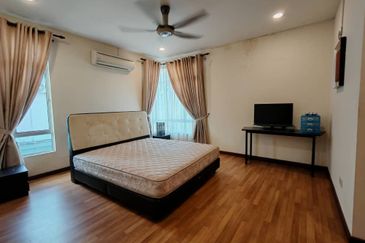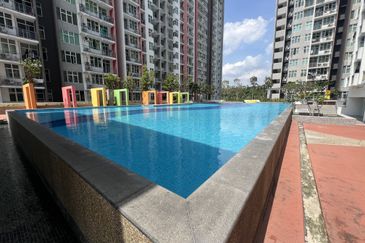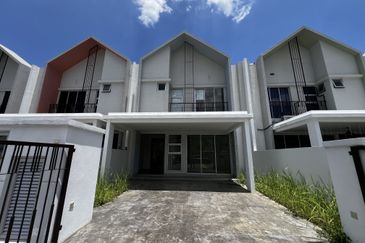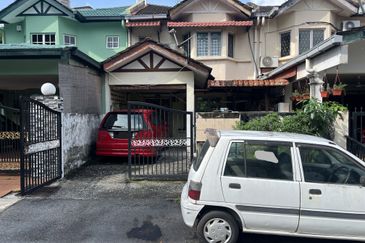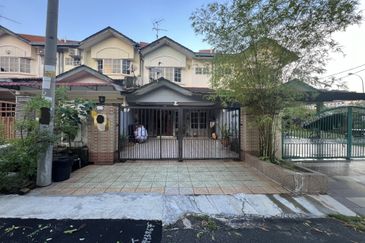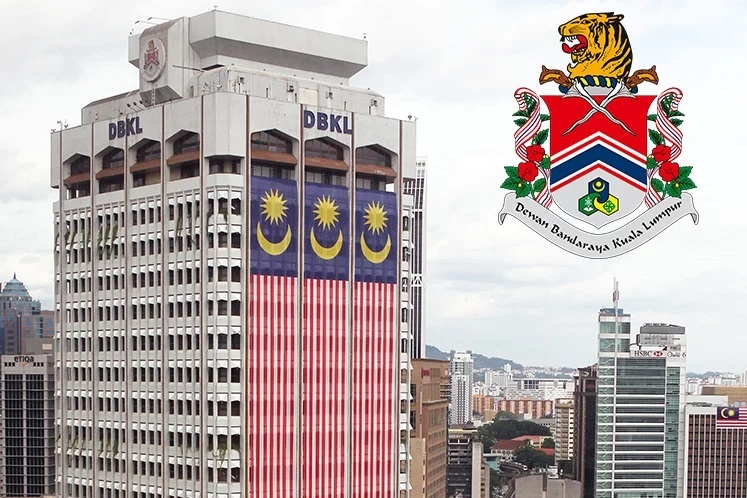
- The owners of strata properties (landed or multiple-storey) already bear the financial burden of maintaining their shared infrastructure and facilities through contributions to their joint management bodies, management corporations (MCs), or subsidiary management corporations.
In recent developments, Kuala Lumpur City Hall (DBKL) is contemplating an increase in assessment tax rates, following the Selangor state government's 25% hike effective from January this year. This move has raised concerns among residents, who are calling for greater transparency and financial accountability from DBKL before any rate adjustments are implemented.
Additionally, there have been discussions about the need for DBKL to take into account the various property classifications before imposing new rates on residential, commercial, industrial and mixed development projects.
This article will focus on stratified developments, be it landed or high-rise. The rationale could potentially lead to a more tailored assessment policy that considers the unique characteristics of stratified properties.
It's also noteworthy that in Putrajaya, the government has implemented assessment tax cuts, including a 5% reduction for strata-title residences (excluding affordable houses) and a 20% reduction for terrace houses, effective from July 1, 2023.
These developments suggest a recognition of the unique circumstances of different property types and may influence future assessment rate policies in Kuala Lumpur.
Maintenance borne by owners, not DBKL
The owners of strata properties (landed or multiple-storey) already bear the financial burden of maintaining their shared infrastructure and facilities through contributions to their joint management bodies (JMBs), management corporations (MCs), or subsidiary management corporations (SMCs). These monthly contributions, ranging from RM0.20–RM2.00 psf, depending on the standard of living the community opts for, cover the upkeep of internal service roads, drainage, lighting, rubbish collection, landscaping, and other common facilities. This leaves only the external public infrastructure, such as DBKL-maintained roads, drainage, streetlights and roadside landscaping, to be funded by assessment taxes.

As such, DBKL's role is limited to maintaining external public infrastructure outside these strata properties, which benefits all properties in the locality, not just the strata properties.
Hence, DBKL should adopt a more “equitable approach” by imposing lower assessment rates for strata parcels, reflecting the actual cost of DBKL’s services to these properties. It is important to clarify that while DBKL provides domestic waste disposal for residential strata properties, this service constitutes only a small fraction of DBKL’s overall operational costs.
Recalibrate with an ‘equitable’ formula
This context underscores the need for DBKL to recalibrate its assessment rates for strata parcels. The principle of fairness dictates that these rates should reflect the reduced scope of DBKL's responsibilities for stratified properties. Consequently, the assessment rate per parcel for strata developments should be strictly limited to DBKL’s actual costs for maintaining public infrastructure in each locality. These costs should be transparently calculated, proportionate to the limited scope of services provided, and are expected to be lower, not exceeding the current rates imposed on strata parcels. Overburdening strata owners with higher rates would be unjust, especially considering they already bear the cost of maintaining their common areas independently.
Such a recalibration would not only alleviate unnecessary financial pressure on strata parcel owners but also set a precedent for responsible and equitable taxation. It aligns with the broader call for financial accountability and transparency in DBKL's operations. For instance, DBKL must demonstrate prudent fiscal management, efficient use of non-rate revenues, and proactive measures to recover outstanding dues from defaulters before considering any tax hikes.
Moreover, public trust can be significantly enhanced if DBKL ensures that every ratepayer understands the basis of the rates they pay and sees clear value for his/her contributions. This includes publishing comprehensive audits, implementing value-for-money practices, and fostering public oversight mechanisms, such as an Ombudsman, to scrutinise spending.
Adopting such an approach would not only address immediate concerns but also lay the groundwork for a more transparent and equitable framework for local governance. It is imperative for DBKL to recognise the unique financial burdens of strata property owners and act accordingly, promoting fairness while ensuring adequate funding for public services.
Transparency and fairness in rate assessments are crucial to ensure taxpayers are not disproportionately charged while fostering trust and accountability in DBKL’s financial management.
Read also:
Transparency needed before assessment tax hikes
Stagnated property values
Besides that, numerous condominiums have dropped in value with no buyers in sight. On top of that, rental rates have stagnated, or in some cases, only increased at snail pace.
This is partly caused by an oversupply of condos, especially in KL, where most of the current condo values are lower than initial purchase prices in the last decade. The oversupply reflects challenges in the property market, such as overbuilding and mismatched demand and supply.
Since assessment is dependent on rental values, shouldn’t DBKL be responsive towards the griefs of the tax payers who are already making losses from declining rental rates due to factors beyond their control?
The stagnation or depreciation of stratified properties (such as condominiums and serviced apartments) in KL over the past decade can be attributed to several key factors:
1. Oversupply of high-rise residences
KL has experienced an oversupply of condominiums and serviced apartments, especially in prime areas like Mont’Kiara, KLCC and Bukit Bintang. This excess supply has led to downward pressure on prices and rental yields.
2. Weak demand from foreign buyers
Foreign investors, particularly from China and Singapore, have historically played a crucial role in Malaysia’s high-end property market. However, capital controls in China, the pandemic, and Malaysia’s stricter property ownership rules have dampened foreign demand.
3. Slow wage growth vs rising property prices
The affordability gap remains an issue. While property prices surged in the early 2010s, wage growth has not kept pace. This has limited the purchasing power of local buyers, particularly for high-rise units in central KL.
4. Shift in buyer preferences
Post-pandemic, many buyers now prefer landed homes over high-rise living because of concerns about shared spaces, maintenance costs, sinking funds and personal space. The cases of disputes are mounting in strained relationships between neighbours in a strata community. This shift in preference has further weakened demand for stratified properties.
5. Higher loan rejection rates
Bank Negara Malaysia's tighter lending policies, including stricter debt-to-income ratios, have made it more difficult for buyers to secure financing, reducing transactions in the property market.
6. Poor rental market performance
With an oversupply of units, rental rates have stagnated or declined in many areas. Investors who have previously counted on strong rental yields to support mortgage repayments have struggled, leading to distress sales and further price declines.
7. Rising maintenance costs and aging buildings
Older stratified properties, especially those with high maintenance fees, have become less attractive to buyers. Poor management, high costs and depleting sinking funds have led to declining property values in some cases.
8. Global economic uncertainty
External factors like economic slowdowns, inflation and geopolitical instability have made property investment less attractive, particularly for speculative investors.
9. Soft market outlook
While well-located, unique or well-managed properties may still see demand, especially if they offer lifestyle benefits or strong rental potential, the general market is expected to remain soft in the short term, especially in oversupplied areas. In the mid to long term, the market may stabilise as supply slows and demand recovers, but significant appreciation is unlikely unless economic conditions improve and oversupply is absorbed.
Datuk Chang Kim Loong is the Hon Secretary-general of the National House Buyers Association (HBA).
HBA can be contacted at:
Email: [email protected]
Website: www.hba.org.my
Tel: +6012 334 5676
The views expressed are the writer’s and do not necessarily reflect EdgeProp’s.
EdgeProp.my is currently on the lookout for writers and contributors to join our team. Please feel free to send your CV to [email protected]
Looking to buy a home? Sign up for EdgeProp START and get exclusive rewards and vouchers for ANY home purchase in Malaysia (primary or subsale)!
TOP PICKS BY EDGEPROP
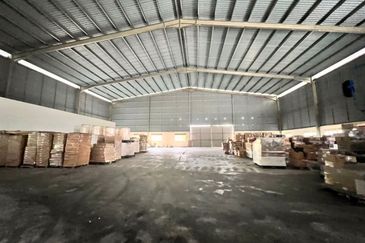
Sedenak Detached Factory / Warehouse
Kulai, Johor
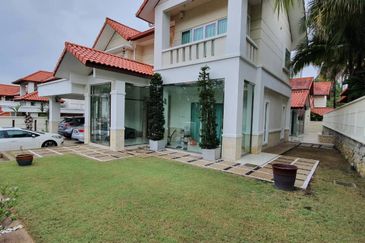
Tropicana Indah (Damansara Indah Resort Homes)
Tropicana, Selangor

Taman Nusa Sentral
Iskandar Puteri (Nusajaya), Johor


